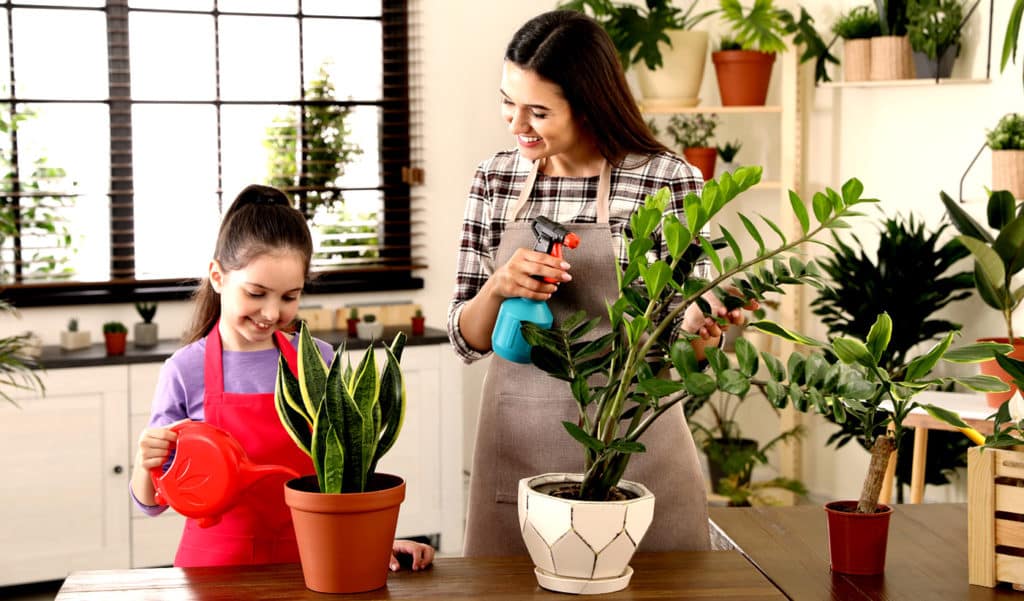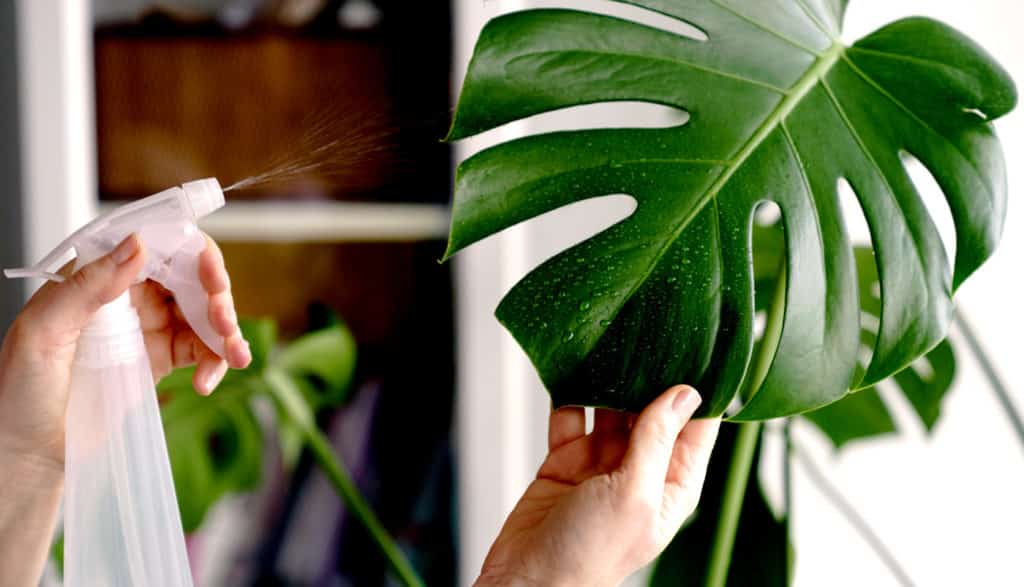6 Tips for Summer Indoor Plant Care
Your garden has vegetables ready to pick, and your spending time watering and maintaining your planters that are full of color and the lush foliage that spills from your garden beds, so your focus has been on your outdoor plants. However, this doesn’t mean you should forget your leafy indoor friends who may need some extra TLC, since the summer can put stress on them in special ways. To address this, we’ve come up with 6 Tips for Summer Indoor Plant Care.
Check sun exposure
Make sure your plants are not too close to a south or west facing window since longer days mean more sunlight. Look for signs of scorched, wilted or dead leaves, rough brown patches and limp foliage.
Keep humidity and temperature consistent
Houseplants like it best when their environment is consistent. Ideally, they like the temperature to be 70 to 80 degrees Fahrenheit and some humidity. To add humidity, cluster your plants together or mist the air around the plant (not the leaves).
Fans and air conditioners can deprive the plant of moisture or damage its foliage. However, air from a open window on a cool evening or morning can be beneficial to the overall strength of the plant and roots.
Monitor watering needs
With increased sunlight and less humidity, indoor plants will typically grow faster and need more regular watering. Make sure your pot has drainage holes and be careful not to overwater. You don’t want to let your plant sit in a wet saucer for long periods; make sure to dry out the saucer routinely. Use a moisture meter or gently stick your finger in about an inch to see if the soil is moist. If your finger tip is still dry, it’s time to water. Give your plant a thorough soaking, watering deeply and slowly.
Fertilize your indoor plants
Plants use a lot of energy during peak growing times. You’ll want to fertilize weekly or monthly to replenish the soil with the nutrients it needs to thrive. Using plant foods like Miracle-Gro Indoor Plant Food will help your plant.
Watch for pests
Inspect your houseplants for unwelcome guests, like mites, gnats and mealybugs. Make sure to not only look at the top of the foliage, but on the underside. They also hide in the soil. If you see silky or cotton-like webs, speckles or pale spots, clean the plant and keep it away from your other plants and purchase an insecticide safe for indoor plants.
Keep your plant clean
Dust and pollen can block air and sunlight that the plant needs for healthy growth. Regularly using a soft cloth or damp towel to wipe dust from the foliage works well. If the plant has shiny leaves that are thick, like a Ficus, use a damp sponge. For plants with fuzzy or prickly foliage – a dry paint brush works well.
These tips will help your plant have a long, healthy life.


